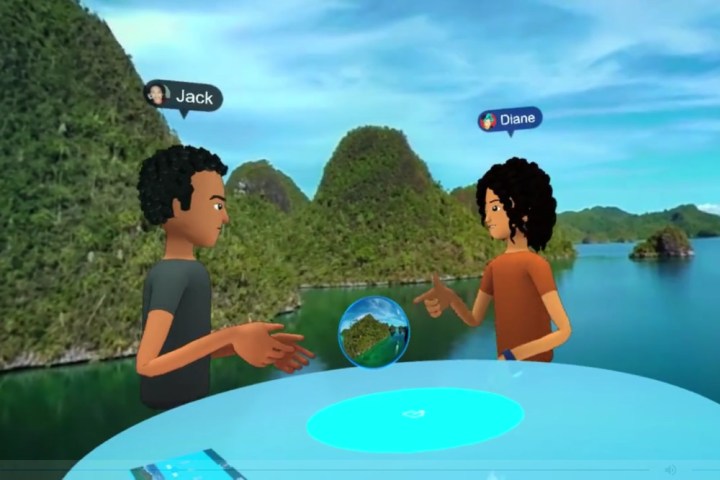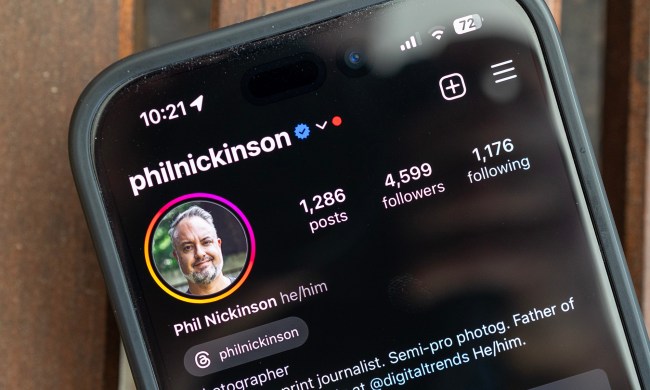
Inside Spaces, users are represented by an avatar, which can be customized. You can even choose a photograph of yourself that you like, and Facebook will pick an option that resembles you.
The experience is built around interacting with up to three friends, but there’s more to do than simply talk to one another and gawp at each other’s avatars. Users will be able to share 360-degree video content, draw with virtual markers, and, inevitably, take selfies.
Facebook users who haven’t invested in a VR headset aren’t going to be left out of Spaces entirely. You can receive a standard video call from a group of users taking part in a Spaces session, and get a window into their virtual world, avatars and all.
Spaces demonstrates why Facebook purchased Oculus for $2 billion in 2014. While much of the VR content that’s hit the scene has been akin to traditional video games, it’s clear that the social media giant sees the technology’s potential to underpin a different kind of social media.
What’s unclear is whether users will latch onto what Spaces has to offer. The footage shown at the event made it look like an amusing diversion — but not the kind of thing that warrants spending upwards of $1,000 on a compatible headset and a sufficiently powerful PC.
Anyone with an Oculus Rift headset and an Oculus Touch controller can now try out the experience. The beta version of the app is available now from the Oculus Store for free. More information, including recommended specs, is available via the Oculus website.


